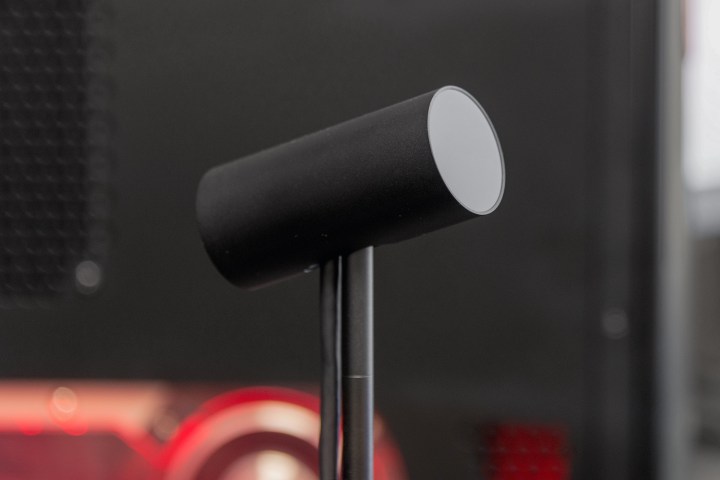
That is changing with the next version, 1.15, which now live on the company’s Public Test Channel. That means that the support remains in beta status, but it is now available for more widespread testing.
The news came via the Oculus community forum, with the announcement that the 1.15 version of the Oculus Rift software will “fully support” a full three-sensor configuration. That means that larger rooms and more expansive VR environments will be available for Oculus Rift users to navigate.
The new three-sensor configuration expands the usual two-sensor Rift configuration to support not just head, hand, and 360-degree tracking but adds in the ability to walk around a room with the most accurate tracking and with minimal issues with occlusion. Occlusion can create positional tracking problems when one object blocks another from the tracking sensors, and the addition of a third camera helps alleviate jittering and other issues that improper occlusion handling can create.
Another change that is coming in the latest preview software is an improvement to how health and safety information is provided to users when firing up the Oculus Rift. Now, users will have the option to enable and disable health and safety reminders once they acknowledge the risks involved.
Hopefully, Oculus moving the software from “experimental” to fully supported status means that some of the issues that users have experienced with tracking and calibration have been resolved. In order to access and test the latest version, you will need to be enrolled in the Public Test Channel program and have multiple sensors in your Rift configuration.


